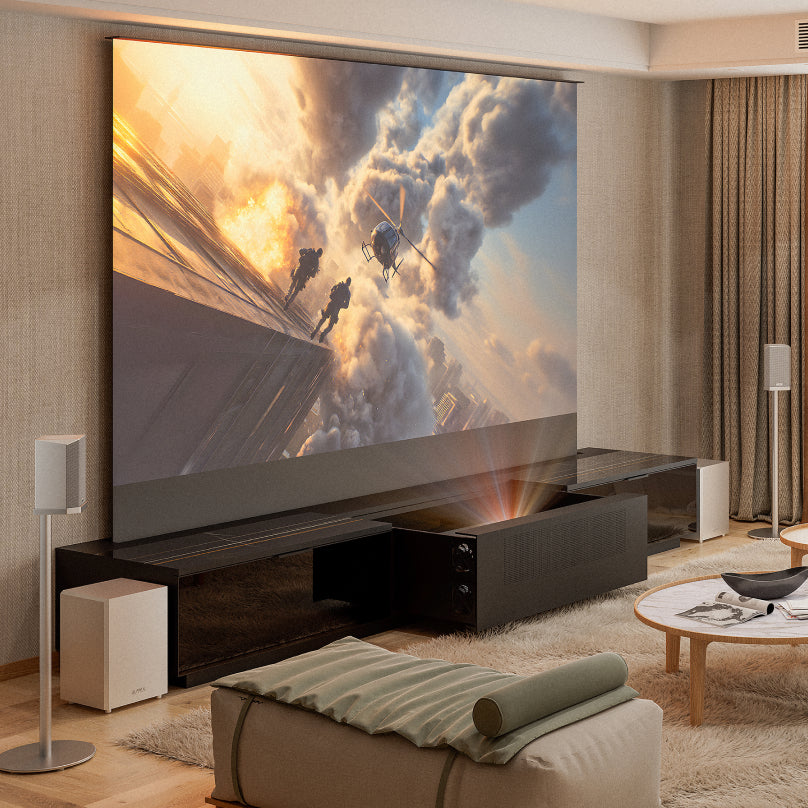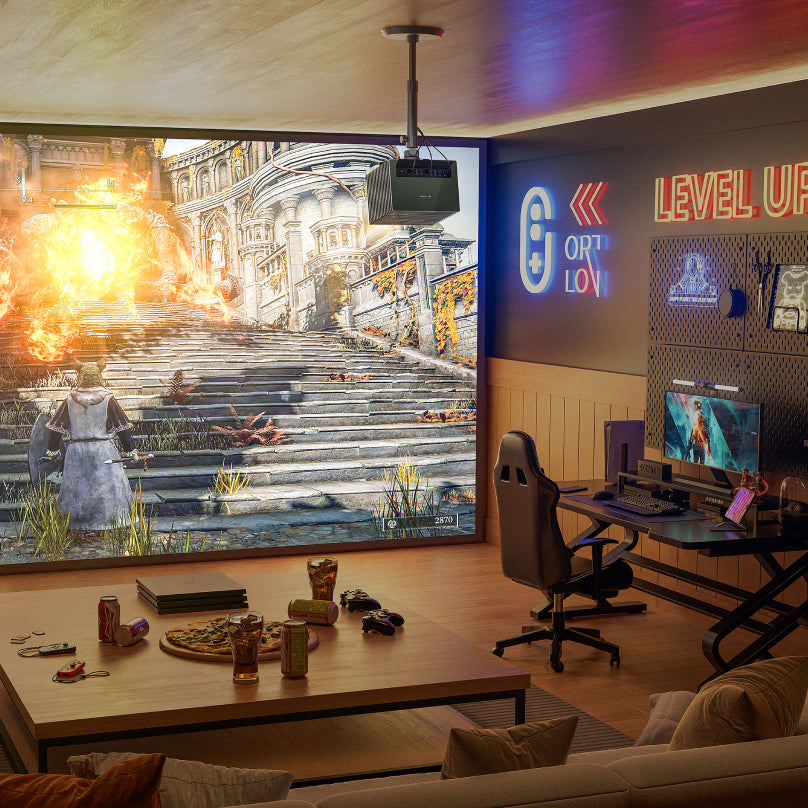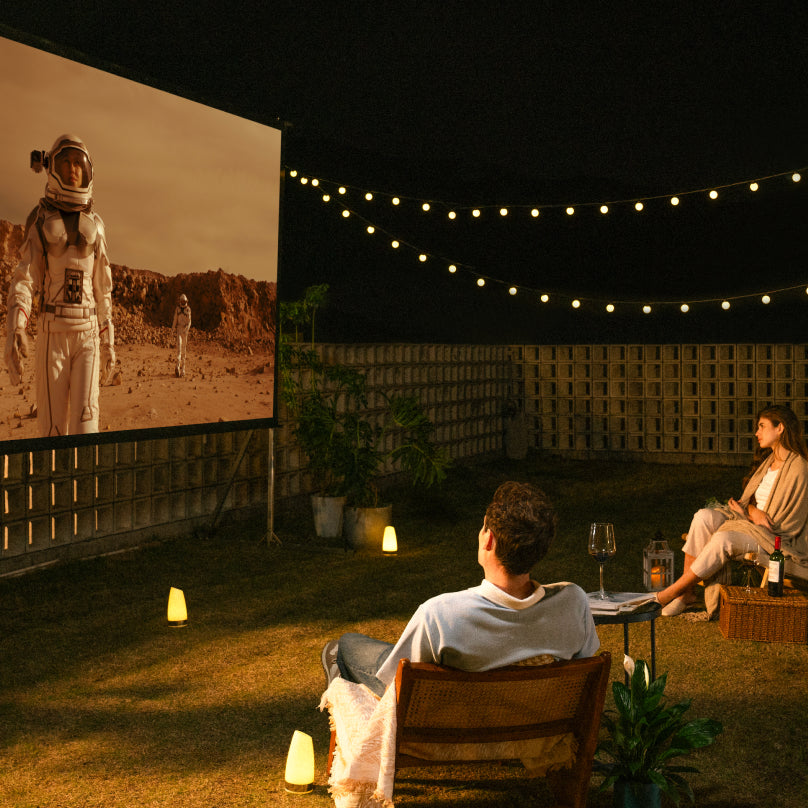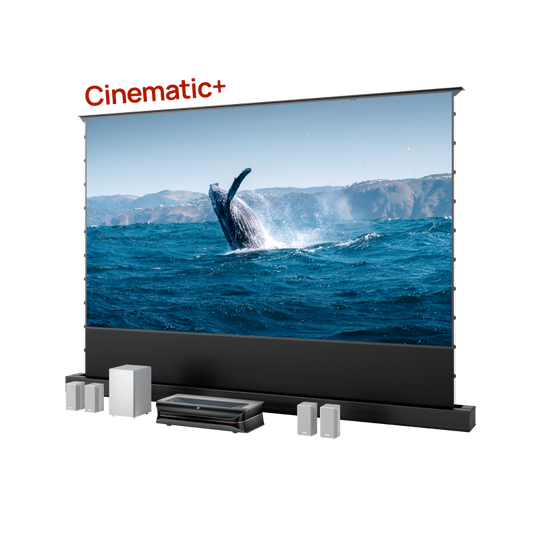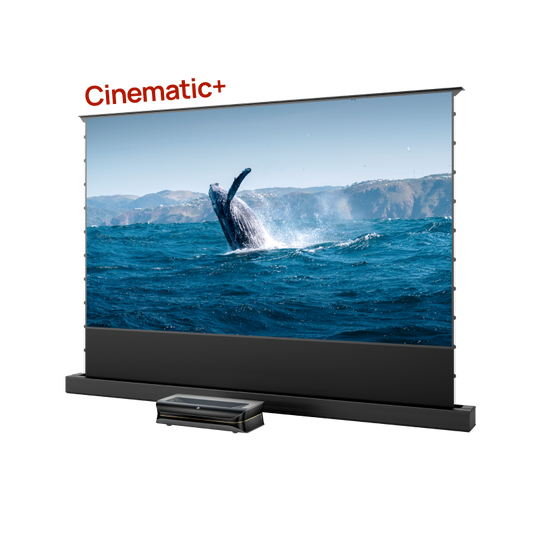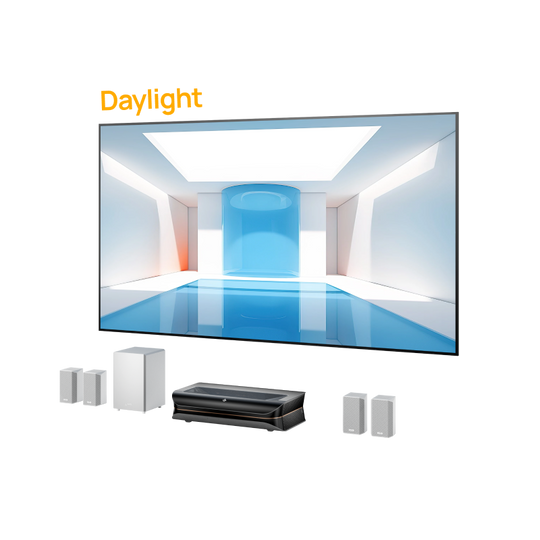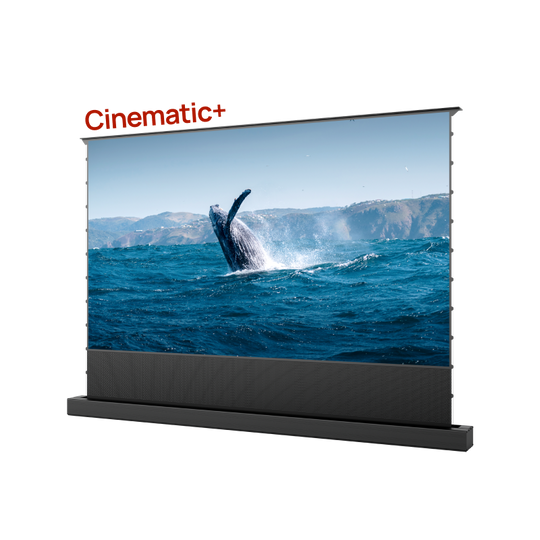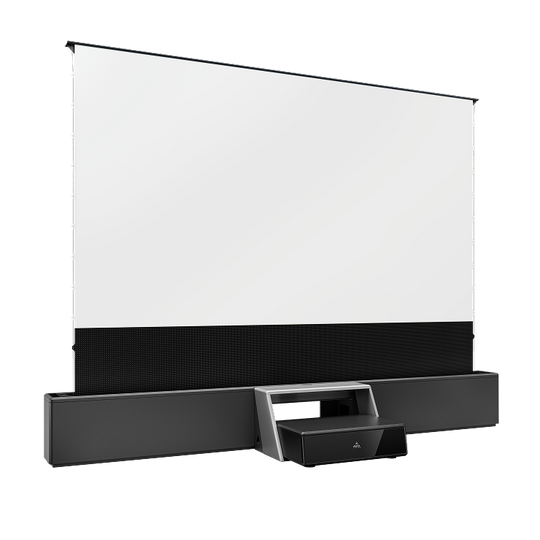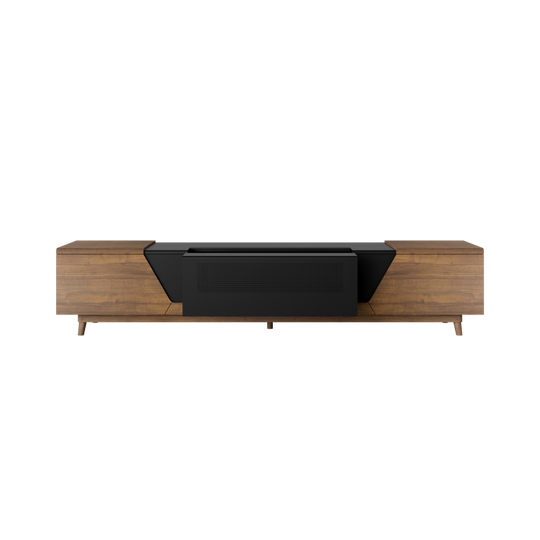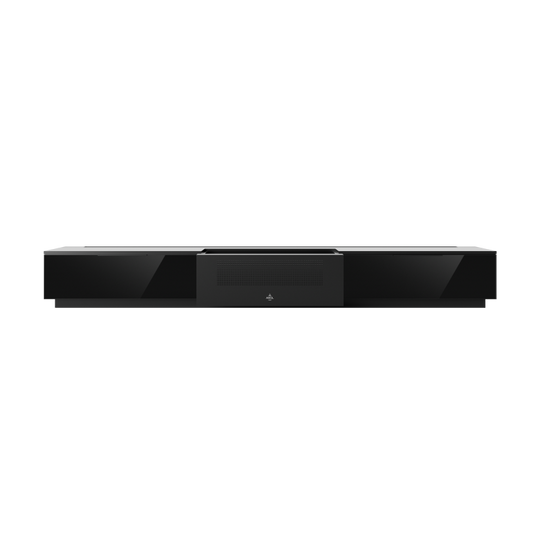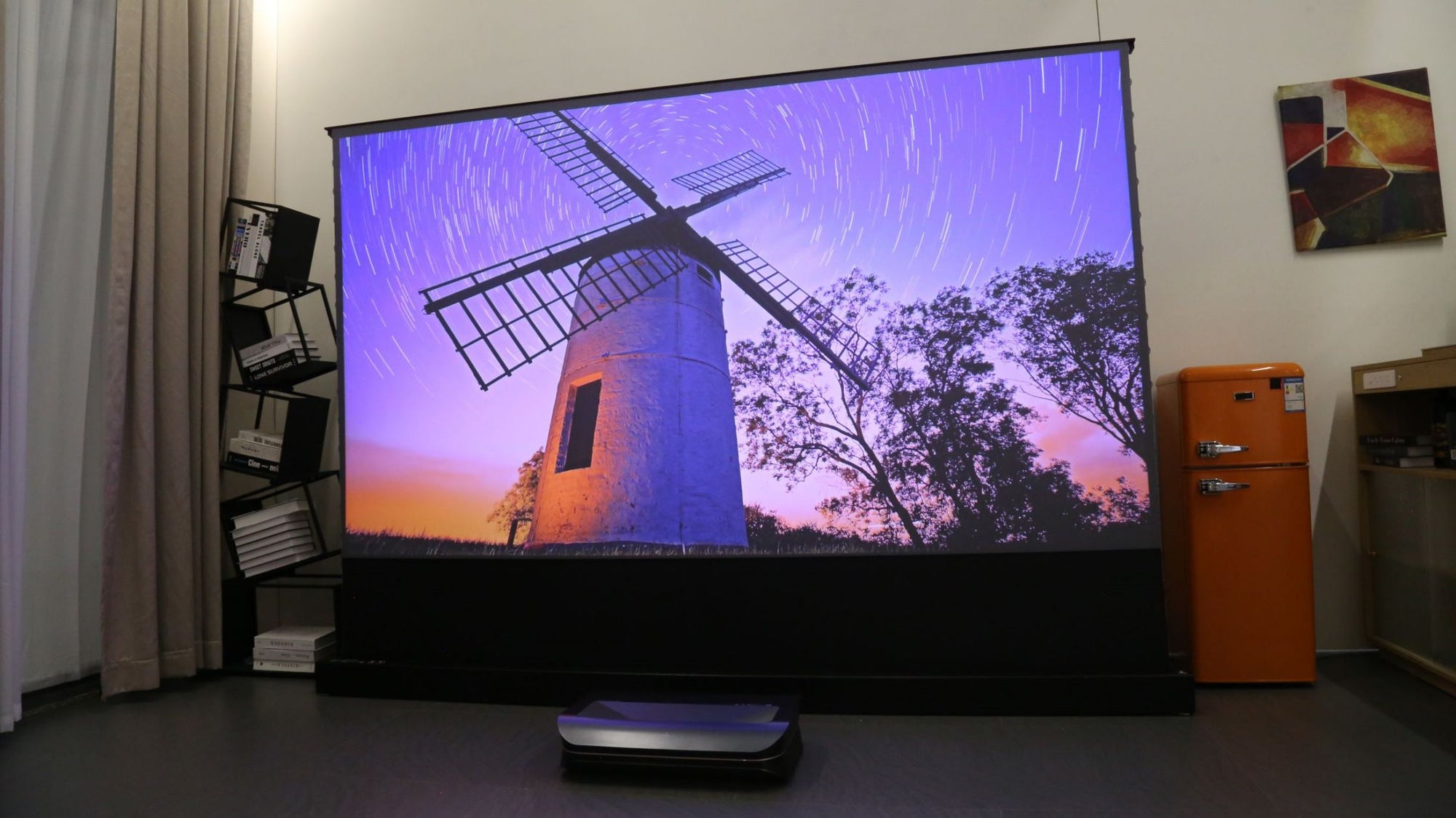Think of Record 709 as a standard language between the camera and display. Home theaters require projectors that will capture the intended shades of the director’s color palette, making the movie experience a must-see one. Rec. 709 serves as a reference for color grading, making sure that the final output complies with a standard color space.
What is Rec. 709 and Why Does It Matter?
Rec. 709, released by the ITU-R, is a specification baseline developed to provide an industry standard with a wider color gamut. Color gamut is the range of colors represented using a color space like Rec.709 or BT.709 for standardizing and optimizing HD content. These color spaces specify all the colors that could be represented and reproduced by high-definition TVs, displays, Blu-ray players, and projectors. The broader the color gamut, the richer the images, especially in movies with various colors.

Standards like 709 define the gamma curve and specify which red, green, and blue should be used to achieve visual depth. When viewing HD content in home theater displays, Rec. 709 helps to ensure that colors will be reproduced accurately and consistently. This is especially effective for helping viewers comprehend what the director wants to convey through bright or dark colors in the scene.
The History and Development of Rec. 709
The industry-standard Rec. 709 is based on a 1990 recommendation by the International Telecommunication Union (ITU), namely ITU Recommendation BT.709, which aimed to assist in color reproduction for the rapidly growing High-Definition Television (HDTV) market.
First published 30 years ago, Rec. 709 has had many versions, but the fundamentals have remained. It has been widely used due to its compatibility with existing high-definition TVs, broadcasting, Blu-ray, and streaming video systems.
Moreover, Rec.709 has influenced the evolution of home entertainment technology by setting the standards for luminance, colorimetry, frame rate, and audio for digital broadcasting systems. It is imperative to consider a projector's color reproduction capabilities.
Essential Use Cases for Rec. 709
Because it is compatible with a wide variety of video equipment and broadcast TV, Rec. 709 has many vital applications in broadcasting, digital cameras, professional video production, and digital home cinema.
Color grading, video editing and post-production
The Rec. 709 color gamut is the center of gravity in professional post-production applications such as Final Cut Pro, Avid Media Composer, Premiere Pro, DaVinci Resolve, and After Effects. In post-production, the visual effects artist transforms the image color space from the original camera to Rec. 709 through color grading, color correction, removing background, generating CGI, and exporting videos for HD streaming.
Everyday streaming
Many HD, 4k, and 8k video formats, including Netflix, YouTube, DVDs, Amazon Prime Video, Hulu, and Disney Plus, rely on Rec.709 color spacing. When movies, TV shows, and video frames are viewed on Rec. 709-compliant monitors, the output is properly color-balanced.
Cinematography and film-making
Most contemporary devices capture footage in the Rec. 709 color space for digital photography, videography, or cinematography. Color correcting in standard Rec. 709 monitors allows cameras to record high dynamic range and a color gamut that resembles real-world colors.
Is There Any Standard Better than Rec. 709?
Even though Rec.709 is one of the most popular and widely adopted standards, it has some drawbacks. It does not encompass all the colors the human eye can detect and covers only 35.9% of the total colors, which may lead to poor color reproduction and dynamic range.
ITU-R has also recently issued Rec. 2020 standards to update previous specifications. It is depicted as the largest triangle in the CIE chromaticity diagram, covering about 75.8% of color space.

Rec. 709 Vs. Rec. 2020
In contrast to Rec.709, the wider color gamut of Rec.2020 allows for a richer and more vibrant color range. Where Rec. 709 was a standard for high-definition TVs, Rec. 2020 is a version specifically designed for ultra-high-definition TVs, including 4k, 8k, and future displays.
AWOL Vision UST projectors support Rec.2020 and produce highly saturated and intense hues, offering an immersive streaming experience.
Project Calibration
To get a true depiction of original content and optimize the performance, you can:
- Place projectors in a light-controlled environment
- Choose the correct aspect ratio, such as 4:3, 16:9, and 21:9, to fit the screen
- Adjust the ring, brightness, contrast and sharpness from built-in settings.
Conclusion: The Future of Color Standards in Home Entertainment
Rec. 709 is the key color technology that made the HD revolution possible. While the Rec 709 is an encoding color space for HDTV, the Rec 2020 is an encoding color space for UHD. Rec 2020 is a broader color gamut than Rec 709, emerging as the future of color standards in home entertainment. Utilizing cutting-edge technology and keeping up with the trends will enhance your home cinema experience.

